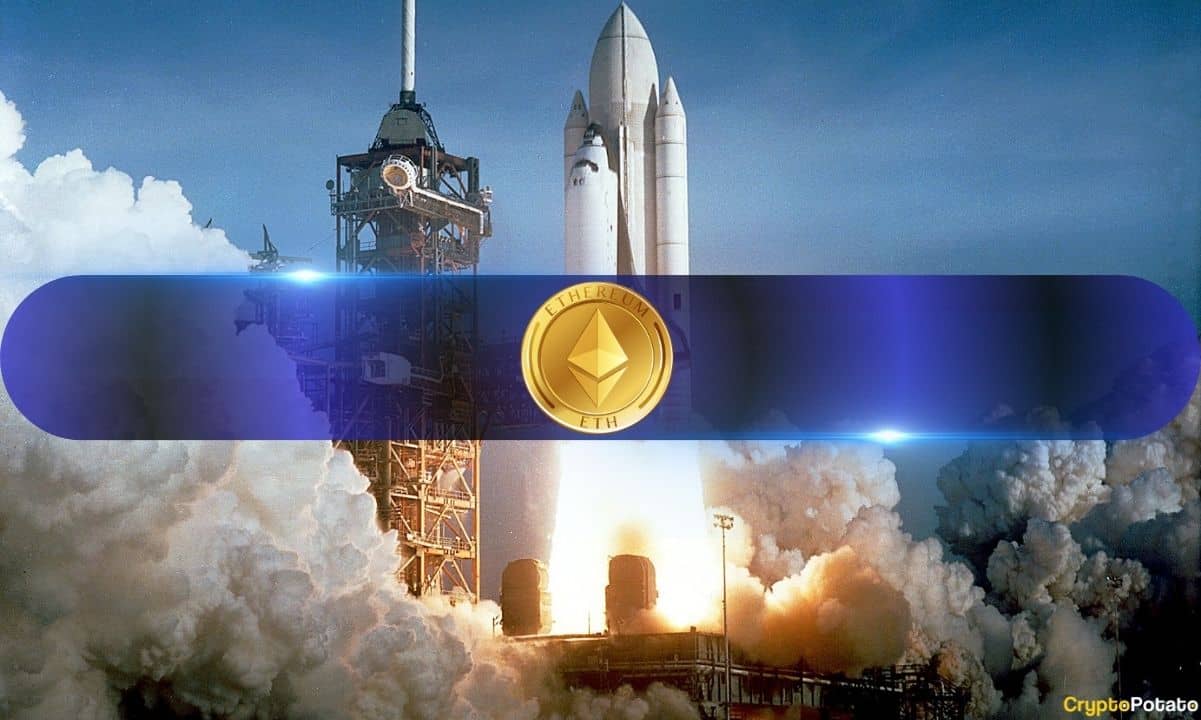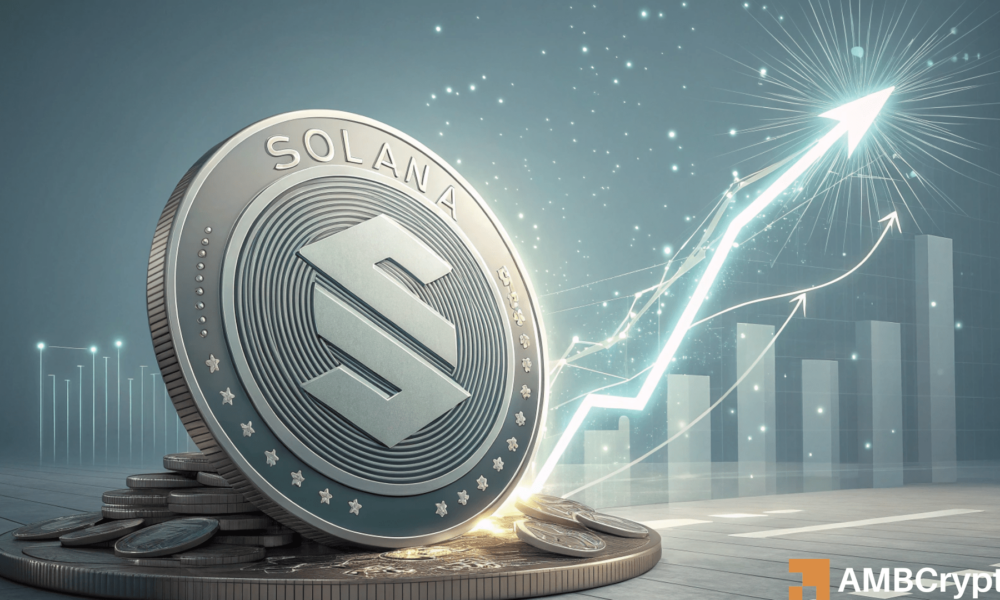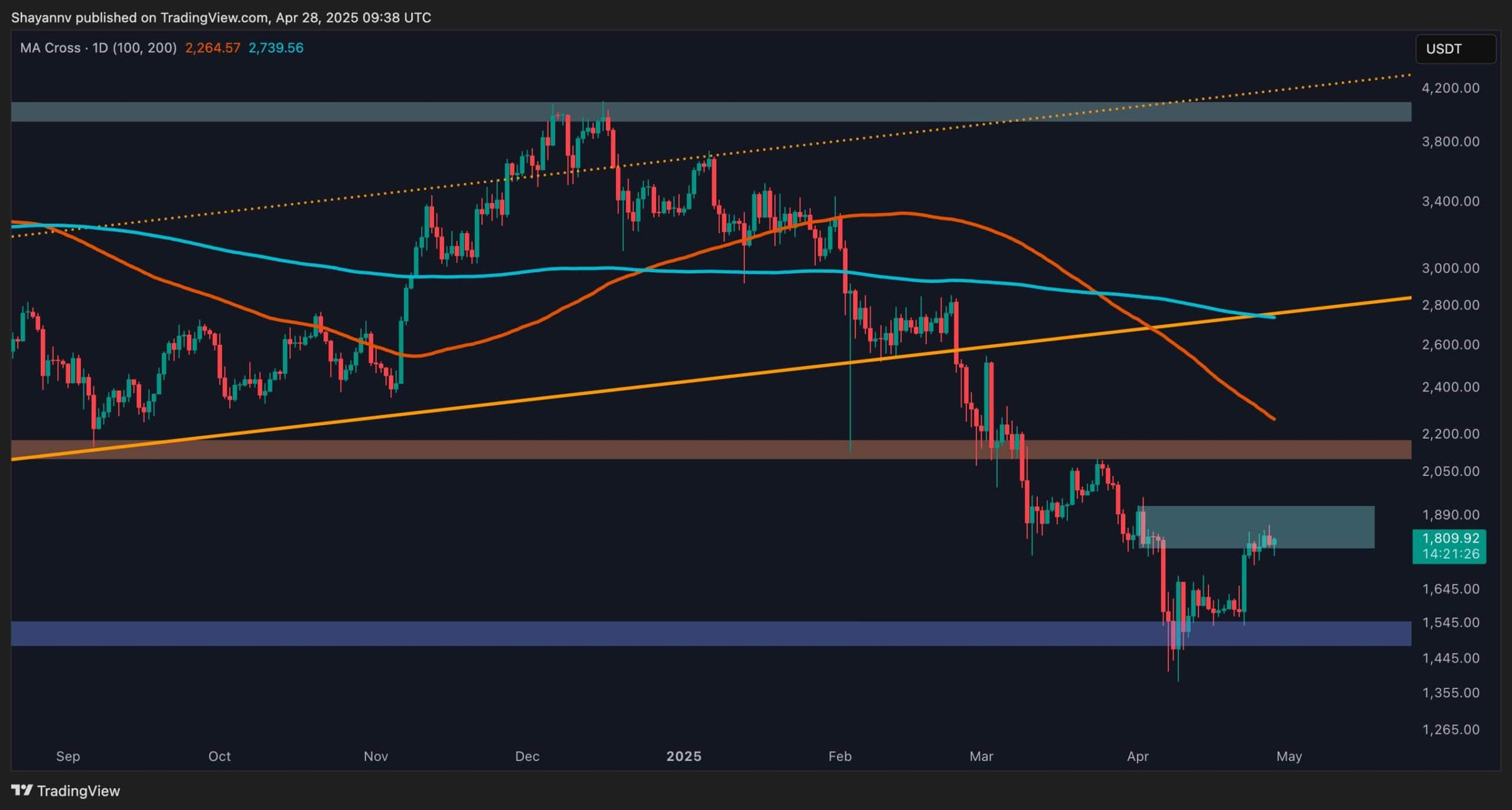Bankless co-founder and longtime Ethereum (ETH) advocate Ryan Sean Adams has ignited fresh discourse after projecting a $17,000 target for ETH, nearly 9 times its current price.
His thesis is quite simple: the cryptocurrency can grow to a $2 trillion market cap by becoming the ultimate store of value, a fusion of monetary premium and staking-based income, or as he called it, “digital gold with yield.”
Blue-Money Gospel
The $17,000 price target gained traction earlier in the year when pseudonymous analyst Kiu_Coin argued that Ethereum was undergoing a classic “shakeout,” a brutal sell-off designed to flush out weak hands before a parabolic rally. The analyst drew parallels to ETH’s 2020 slump, which preceded a 1,310% surge in 2021, claiming history was repeating itself.
In a recent post on X, Adams amplified the narrative, arguing that the world’s second-largest cryptocurrency by market cap could potentially mirror Bitcoin’s $2 trillion valuation while offering staking rewards. However, he insists that Ethereum must adopt BTC’s playbook and follow what he calls the “Blue-Money Gospel.”
“Money is belief encoded as code,” he wrote, urging ETH holders to “stake, evangelize, and shame anyone who sells.” In the analyst’s words, “Without ETH, there is no DeFi. Without ETH, there are no cypherpunk values.”
The gospel reframes ETH as more than just gas for decentralized applications. Adams argued that Ethereum, especially in its post-Merge and EIP-1559 form, is not merely programmable money but a commodity with a monetary premium backed by real yield and deflationary mechanics.
Supporting this view is Cathie Wood’s ARK Invest, which in January likened ETH staking returns to yield-bearing U.S. Treasury bills, further reinforcing its “digital bond” depiction.
Frax Finance founder Sam Kazemian also echoed similar sentiments in a recent Bankless episode, suggesting that Ethereum’s biggest failure is not technical, but narrative-driven. According to him, ETH has unintentionally shifted to being valued like a discounted cash flow asset when it should be promoted as a store-of-value commodity.
“Ethereum, the tech, is the most bullish thing in crypto,” Kazemian said. “But ETH, the asset, needs fixing.”
Price Reality
As expected, Adams’s bullish outlook has also drawn skepticism from BTC purists and ETH critics alike. Boyd Cohen dismissed the ETH-as-gold angle, stating, “Bitcoin is absolutely scarce and Ethereum is absolutely not.”
Meanwhile, Swan Bitcoin’s John Haar challenged the very premise of ETH’s value proposition, asking, “Yield from users doing what? ETH isn’t money.”
The ETH/BTC ratio has also become a focal point for critics who argue Ethereum is steadily losing ground as a monetary asset after the metric not long ago plunged 77% from its December 2021 peak.
The cryptocurrency has staged a noteworthy recovery in recent days. Following a brutal Q1 and a plunge to $1,400 in April, ETH’s price has surged nearly 30% to trade at just under $1,800. However, broader metrics are still grim, with the asset down 44% year over year and 63% below its $4,878 peak.
















No comments yet